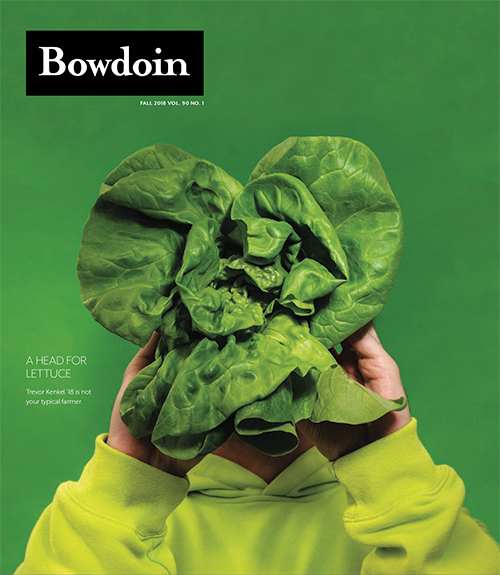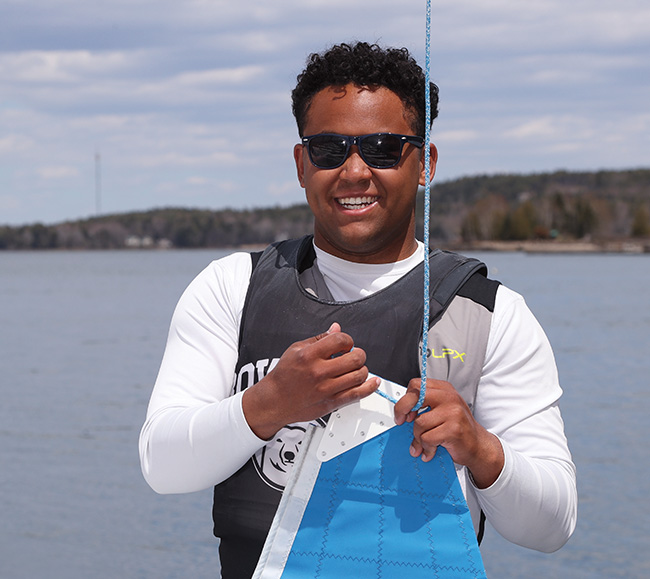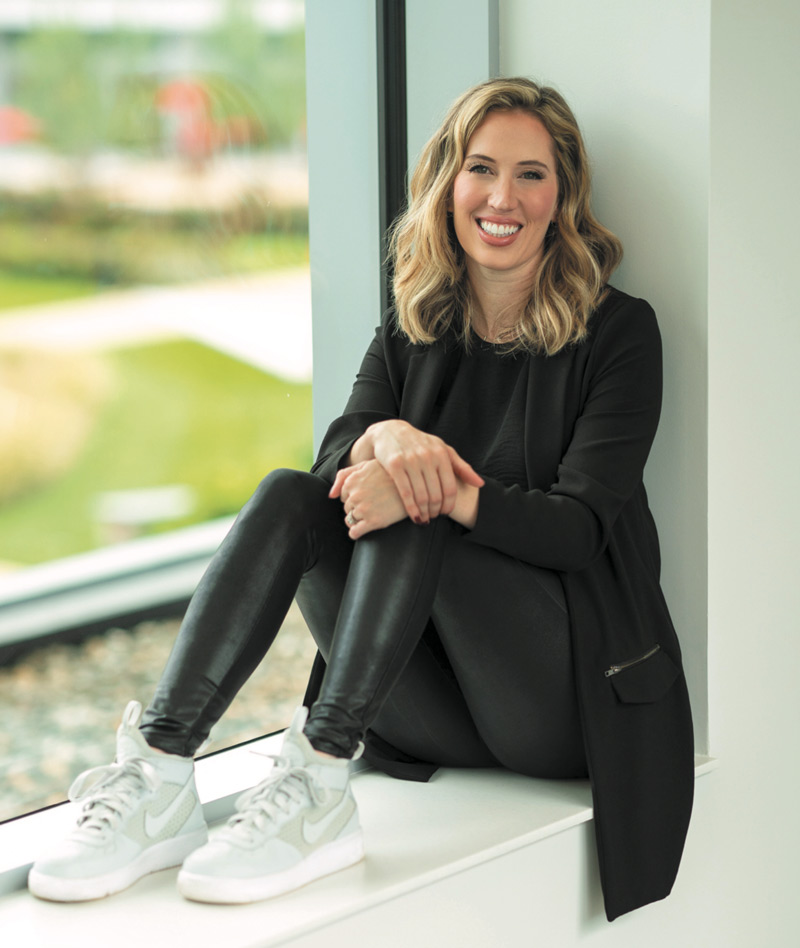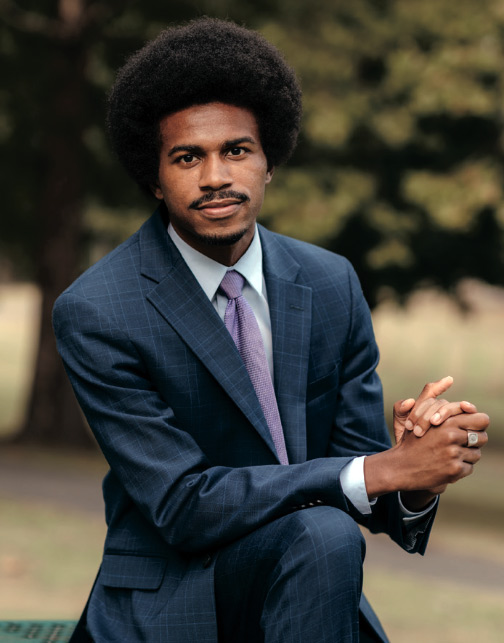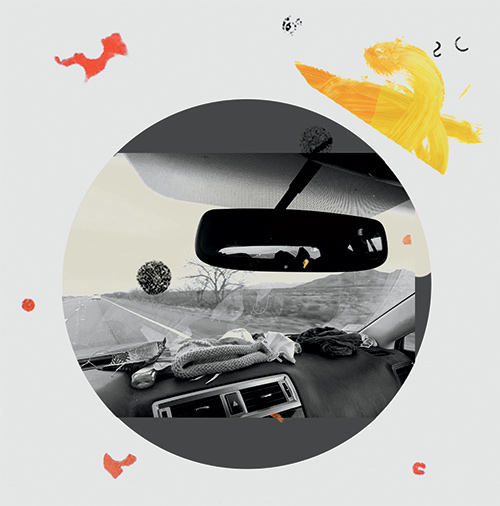Class of 1968 Reflections: Rick Read
By Bowdoin MagazineMy mother’s family had been there for over 100 years and owned fruit orchards—apples, peaches, and cherries—and had survived the Great Depression by selling apples on New York City street corners.
It was a typical small town whose residents were either survivors of the Depression or were part of the Greatest Generation. To this mix add my father from New Jersey, who arrived in 1950 to marry my mother upon his discharge from the Army. He became the borough manager and held that position until he retired in 1980. My mother was a high school English teacher her entire life, except for the fifteen years of my upbringing, when she was a “stay-at-home mom.” Between them, I would think they knew everyone in town. On holidays, flags were flying everywhere.
The one quirk in this picture was that my father’s family were Quakers who had emigrated from England at the end of the nineteenth century. While the Quaker faith was not a large part of my life growing up, it was always there. There was no such thing as a “good” war.
In February 1969, while in graduate school, I was drafted and told to report to the local recruiting station. Once all the recruits were assembled, we were informed by the person in charge that two of the fifty of us were to be drafted into the US Marine Corps. We would find out which ones would be Marines when we pledged our allegiance to our respective military service.
Two out of fifty—pretty good odds? Wrong. This antiwar protestor, who had trudged through the snow in Wisconsin the previous spring for Senator McCarthy and had marched in anti-draft rallies in Boston and New York, was on his way to becoming a Marine.
I was driven to the North Philadelphia train station and ordered to wait by myself for the train to Paris Island. I sat in that train station for six hours, debating whether I should go to Canada or wait for the train. Many hours were spent on the phone with my parents, discussing my dilemma, discussing the Quaker doctrines. I didn’t want to fight and die in a war that I didn’t believe in. I didn’t want to kill people I didn’t know. However, I couldn’t get past the picture of what this might do to my parents in that small town where everyone knew each other. How do they explain what I had done to their friends? Many of them had sons who already had gone to Vietnam. My parents would support me but...
It didn’t seem so at the time, but it turned out to be one of the better decisions of my life. I went home on my first leave assuming my next duty station would be Vietnam. However, my orders were changed, and I was told to report to HQ USMC in Arlington, VA. I spent the next twenty months working in the HQ USMC G1 department filling the billet normally assigned to a major. At first, I worked on the volunteer army concept—a no-brainer since the Marines pride themselves on being a volunteer force. I then worked in the congressional liaison office, responding to congressional inquiries. In November of 1970, I was involved in the logistics of bringing the Marines home from Vietnam through Hawaii and then to the west coast.
During those twenty months, I met and worked with extremely smart and talented Marine Corps officers—as sharp and dedicated as any business associates I would work with later. These officers were extremely intelligent, well trained, and believed in what they were doing, while at the same time open to discussing opposing viewpoints. They weren’t the evil war mongers I imagined in 1968. I still marched and protested on weekends, but these battle-tested Marine “lifers” never once criticized me for doing what I believed in.
This reflection is part of a series written by members of the Class of 1968. Read more in For Conscience and Country
This story first appears in the Fall 2018 issue of Bowdoin Magazine.
Update your mailing and subscription information, and browse other features and profiles here.
